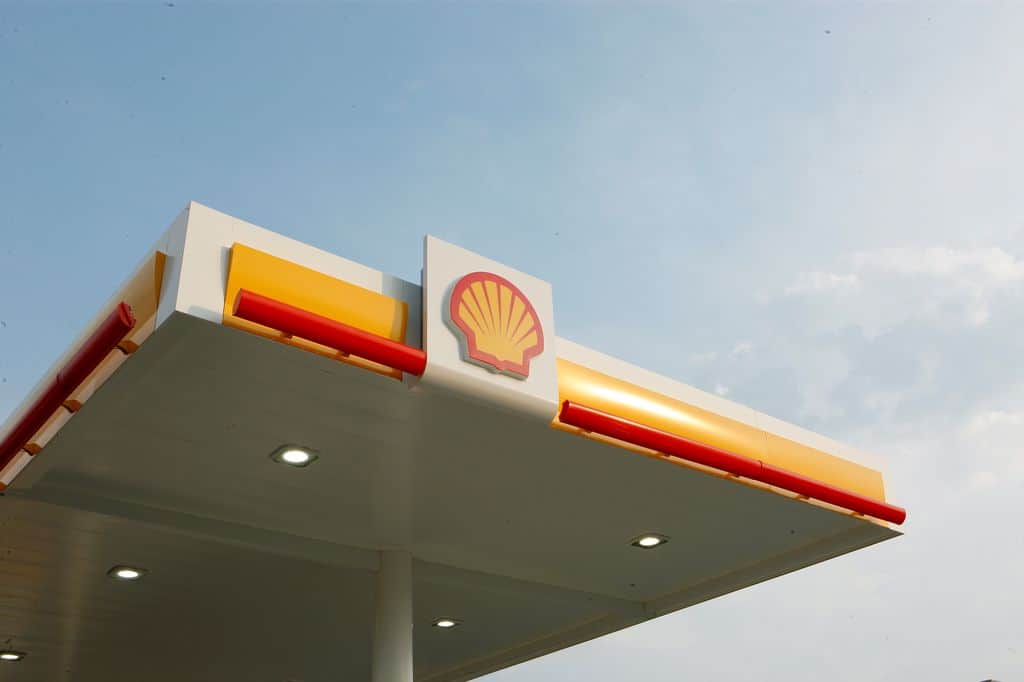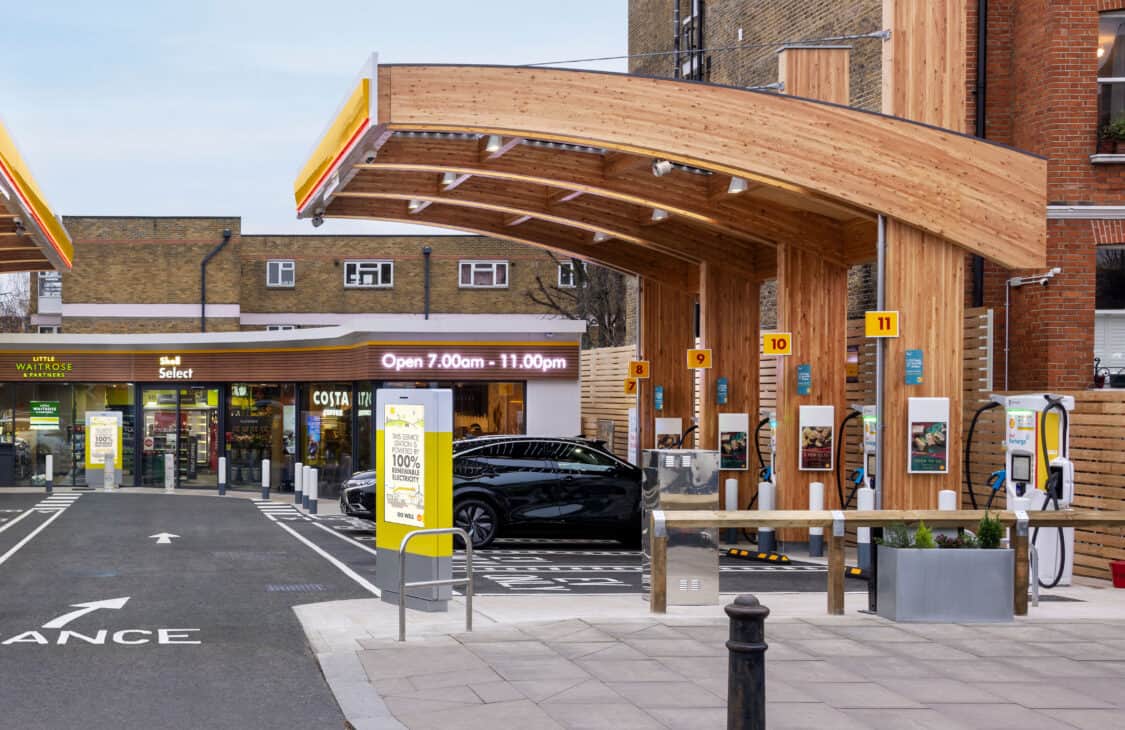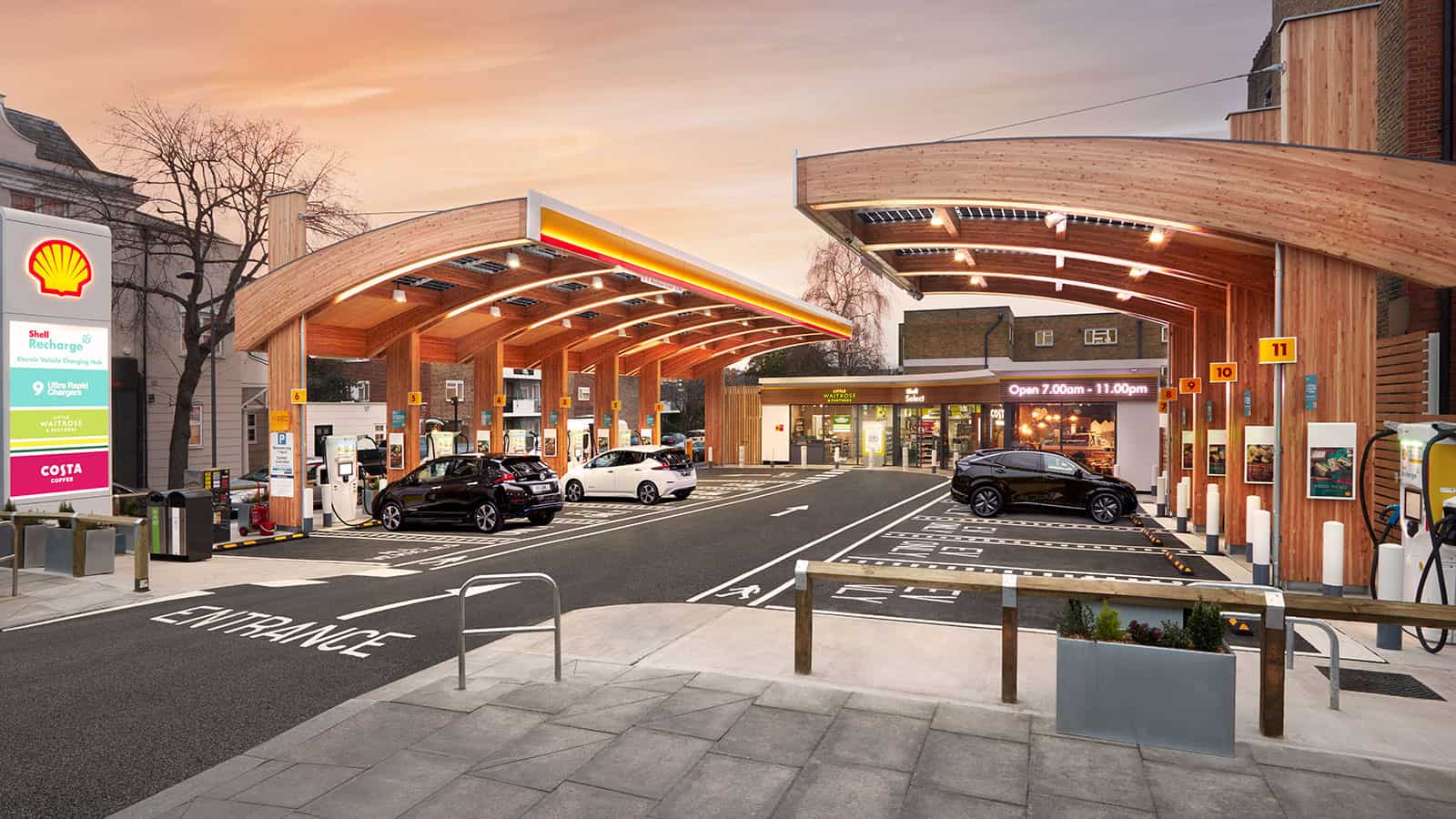- Many new Shell EV charging stations will be built at existing Shell gas stations in the U.K. and China rather than being wholly separate entities.
- They will be interoperable with those of Shell Recharge partners, giving EV drivers broader access to charging options.
- We hope that Shell will bring its interoperable charging plan here to the U.S. as well.
Shell Recharge Solutions has laid out a blueprint for expanding EV charging infrastructure in the U.K. that is a model for expanding EV adoption. Interoperability and location are two key elements when building an EV charging network that best meets the needs of EV owners. This EV charging plan addresses both. It’s a model that needs to be copied here in the U.S.
ADVERTISEMENT
Expanding EV Charging Through Shell

In its Energy Transition Strategy 2024 report, Shell laid out plans to sell 500 company-owned retail sites annually in 2024 and 2025. It will use those funds to, among other things, expand the number of Shell EV charging stations from 54,000 to approximately 200,000 by 2023, initially focusing on China and Europe.
EV drivers in the United States would also benefit from the expansion of Shell EV charging, however. Shell recently acquired a network of gas stations in New Mexico, and its March 2023 acquisition of Volta, Inc. included more than 3,000 charge points in 31 states with 3,400 more in development. Shell should make all its stations here interoperable.
Shell’s EV charging stations in the U.K. include a crucial function for an EV charging network that truly promotes EV adoption — they are interoperable. If the Shell stations and those of its partners are interoperable, one credit card or app can be used at Shell Recharge charging station or one owned by Shell Recharge’s 20 EVSE “roaming partners.”
Interoperability has given U.K. EVs access to over 10,000 charging stations across the country. Shell aims to go farther, offering an integrated network of charging stations across Europe, Asia, and the U.S. through installing Shell EV charging and partnering with other EV charging infrastructure providers.
Interoperability can boost EV adoption by allowing EV drivers to plan their routes more efficiently, reducing range anxiety. It creates a more efficient ecosystem for users and also reduces industry redundancy and thus cost, “thereby promoting more cost-efficient expansion of networks and adoption by customers,” according to a report by the National Association of Utility Regulatory Commissioners.
ADVERTISEMENT
Not Just Like a Gas Station — Actually a Gas Station

A good number of those Shell EV charging locations will be at Shell gas stations, which, as Shell noted, have many amenities besides just gas or EV charging stations.
“We have a major competitive advantage in terms of locations, as our global network of service stations is one of the largest in the world,” Shell said in its report. “We have other competitive advantages, such as our convenience retail offering, which allows us to offer our customers coffee, food, and other conveniences as they charge their cars.”
Add to that list the fact that gas stations are well-lit, they are (generally) safe, and they usually have bathrooms (which are hopefully clean).
Indeed, a recent study by Auto Pacific found consumers want EV charging stations to be more like … traditional gas stations!
To be sure, other gas station operators are also installing EV charging stations. And so they should. Also, the EV policy under the NEVI Program mandates interoperability as a requirement for receiving funds from the U.S. Infrastructure Investment and Jobs Act.
But Shell’s expansive plan and its commitment to interoperability make its announcement a standout.
ADVERTISEMENT

IMAGES: SHELL
FTC: We use income-earning auto affiliate links. Learn more.











